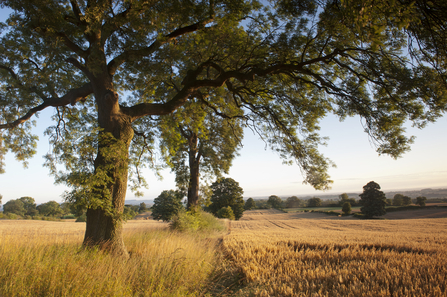Recently BBC news reported that “Last year, fossil fuel emissions were at record highs, while the natural world struggled to absorb as much CO2 due to factors including wildfires and drought, so more accumulated in the atmosphere.”
Last year, 2024, was the hottest (global average temperature) year on record and atmospheric carbon dioxide is now double that of pre-Industrial Revolution era levels as reported by the NOAA Global Monitoring Lab. We know that trees are one of the easiest natural ways to store carbon but tree growth and their ability to capture carbon is also impacted by the greater extremes of weather that we are seeing as the atmosphere warms.



